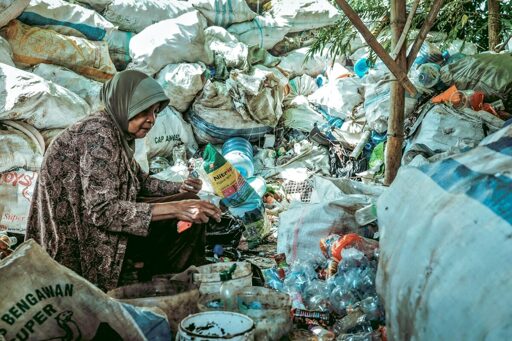Haryanto surveys a sandy patch the size of roughly half a soccer field. Overlooked by a 40-meter (130-foot) lighthouse, the clearing is a stone’s throw from the Pacific Ocean, where the surf pummels Pandansari Beach — a pristine stretch lined with casuarina trees about an hour’s drive south of the Indonesian city of Yogyakarta. But here, directly under the 66-year-old’s feet: 1,800 cubic meters of garbage — nearly 200 dump truck loads — of household, industrial and even hospital waste, Haryanto says. According to Haryanto, a one-time manager with the state electricity monopoly PLN, the garbage appeared unannounced last December. Some 18 months prior to that, 10 times that amount landed on a second, bigger site about 4 kilometers (2.5 miles) away in a similar manner. “This is a tourist area. There was no warning. It just appeared,” Haryanto tells Mongabay. Haryanto now heads a local group called Forum Peduli Gadingsari, named after his village in the district of Bantul and intended to “watch out for government mismanagement,” as he puts it. “There was no environmental review. There were no permits. What if there was a tsunami? How do they manage the leachate? This is an environmental crime,” he says. For at least two decades, Indonesian governments have struggled to come to grips with their growing mountains of waste, with much of it dumped illegally. More than 35% of all of Indonesia’s garbage — some 11 million metric tons last year — was deemed unmanaged, finding its way into rivers,…This article was originally published on Mongabay
From Conservation news via this RSS feed


